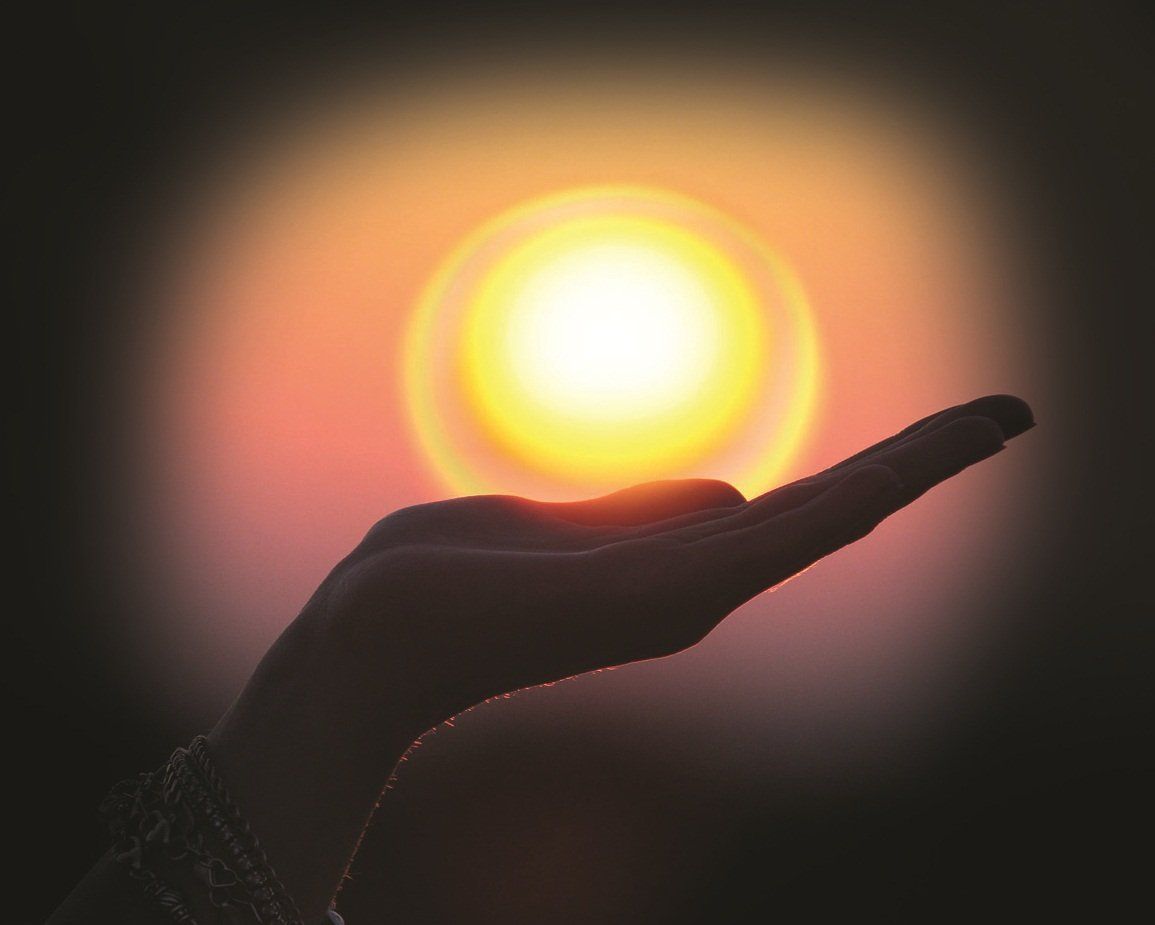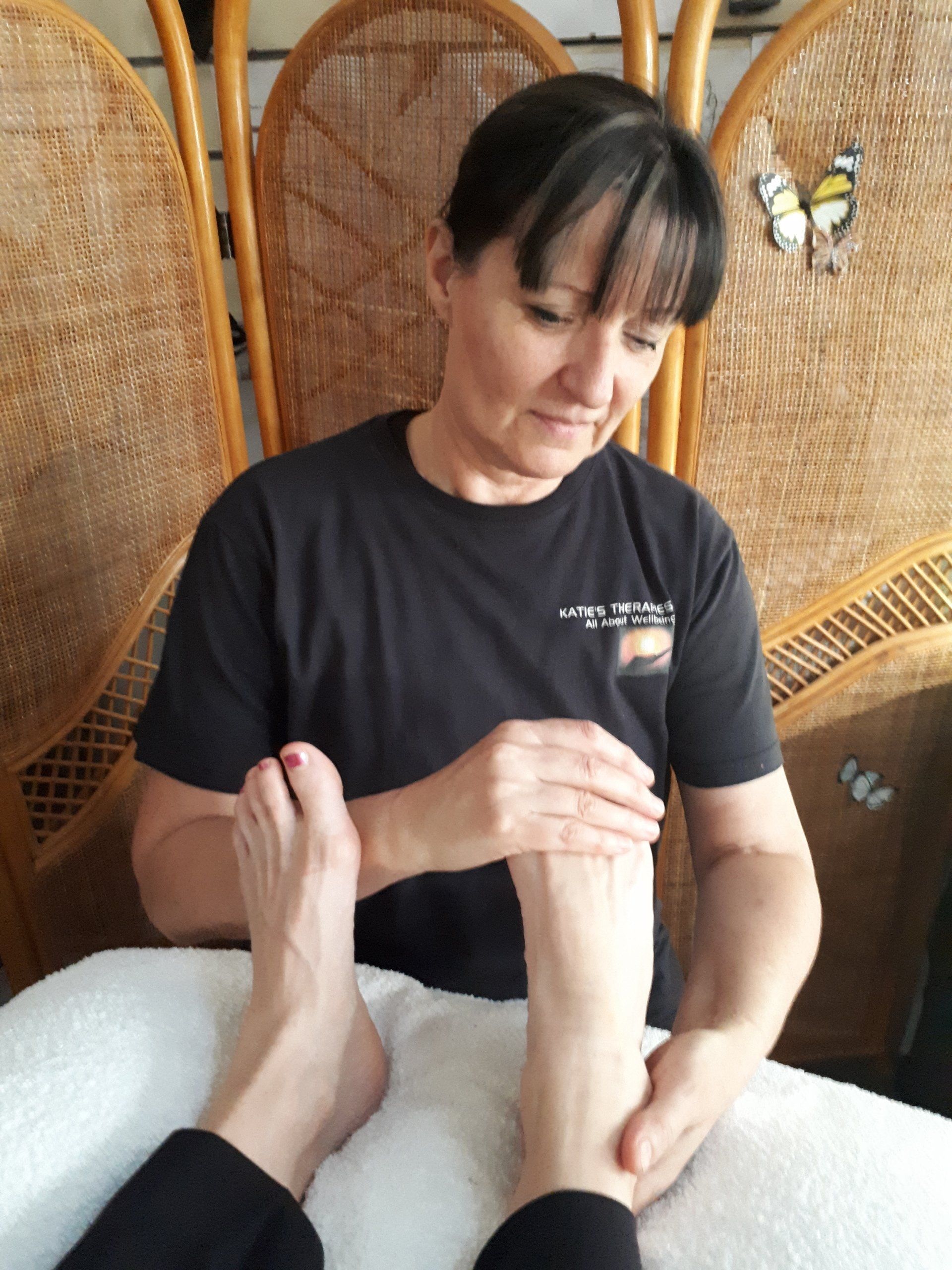REFLEXOLOGY
Reflexology was depicted in hieroglyphics as early as 1897 in Egypt. Ancient Chinese writing describes a pressure therapy using fingers and thumbs as an early form of acupressure to the feet.
In 1898 zones were discovered that were sensitive to pressure when an organ was dis-eased and modern reflexology began with an eminent surgeon working in London and Vienna who discovered that an anaesthetic effects were created by applying pressure to fingers and that he could perform minor operations this way. That pain subsided and the condition that caused the pain generally improved.
His findings were not generally well received except by one medical professional who ran a chiropractic clinic and school. The system was developed further and this zone therapy was developed into what we now know as reflexology today.
The mother of reflexology Eunice Ingham started a reflexology practice in the 1930s and had great success. Her nephew continued and taught reflexology. Doreen Bayley a student of Ingham brought Reflexology to Britain in the early 1960s.
Reflexology is a theory and therapy the uses the feet (and the hand) as a map, or mirror, of the whole body. By manipulating, and applying pressure to certain parts of the feet, the whole body can be “re-tuned” and the bodily systems brought back into balance (homeostasis). We apply pressure to reflex areas and other corresponding or connected areas of the body can feel benefit.
The feet and hands act as mini-maps of the body’s anatomy so any body system can be accessed and stimulated by massaging the corresponding area in order to stimulate the body’s own healing processes. It is an holistic treatment, meaning that the whole person must be treated and if one area of the body is out of balance then other areas will be too affecting our health and wellbeing.
It encourages relaxation, helping to build the body’s energy resources and recover from illness and disease and stimulation, which helps activate the circulation and the nervous system, making all these systems both more efficient and thus benefiting the body as a whole.
It is not a medical treatment, however the reflexologist may detect imbalances in the body by working on the feet and then works on the problem areas accordingly to help correct them. It is not a cure, more a helping hand for the body’s self-healing processes.
The actual treatment takes 45 minutes but a consultation needs to be carried out and feedback taken which will take a little longer. It is carried out on a couch or comfortable zero gravity chair. You will be made to feel very comfortable throughout in a calming and peaceful environment. You will probably require 3-6 sessions or more.
Benefits are Many – It can help:
• Relieve stress and tension
• Increase circulation helping efficiency of organs and cells of the body
• Release trapped nervous energy and improves neural efficiency
helping with pain
• Improve waste removal and elimination assisting our immune system
• Activate the body’s self-healing in all areas
• Increase circulation helping efficiency of organs and cells of the body
• Release trapped nervous energy and improves neural efficiency
helping with pain
• Improve waste removal and elimination assisting our immune system
• Activate the body’s self-healing in all areas


